Forchlorfenuron
Synonym(s):N-(2-Chloro-4-pyridyl)-N′-phenylurea;4-CPPU;CPPU;Forchlorfenuron
- CAS NO.:68157-60-8
- Empirical Formula: C12H10ClN3O
- Molecular Weight: 247.68
- MDL number: MFCD00059898
- EINECS: 614-346-0
- SAFETY DATA SHEET (SDS)
- Update Date: 2024-04-26 14:09:12

What is Forchlorfenuron?
Description
Forchlorfenuron (68157-60-8) reversibly perturbs mammalian septin assembly, organization and function.? Has no effect on actin or tubulin polymerization.1,2 FCF induces effects on mitosis and migration which phenocopy the effects induced by septin depletion using siRNA.1 A useful tool for exploring the physiological role of septin and its complexes.3,4
Description
August 3 is National Watermelon Day, and so this week’s molecules have a watermelon flavor.
Lycopene is the source of the red color in several fruits, notably watermelon (Citrullus lanatus?var.?lanatus) and tomato (Solanum lycopersicum). The pigment, also known as ψ,ψ-carotene, is a linear polyolefin that contains eight isoprene units. It has 13 double bonds, all in the?E-configuration.
In 1910, Swiss chemists Richard M. Willst?tter and Heinrich H. Escher isolated lycopene from tomatoes and determined its structure. But not until 1950 did another Swiss chemist, Paul Karrer, and his co-workers synthesize it.
Lycopene is an antioxidant that may have some health benefits, particularly against cancer and cardiovascular diseases. But agencies such as the European Food Safety Authority and the US Food and Drug Administration are not convinced; on the basis of current evidence, they have refused to label lycopene as a beneficial drug.
Forchlorfenuron, formally 1-(2-chloropyridin-4-yl)-3-phenylurea (CPPU), is a growth regulator that increases the size (and therefore the value) of such fruits as apple, cherry, and kiwi. It’s been used on watermelon too; but at least once, the results were unexpected.
In China in 2011, about 20 farmers applied too much CPPU on their watermelon crops too late in the growing season. The weather conditions were ideal, so much so that the watermelons grew too fast and exploded. The watermelon fragments, about 46 hectares worth, were used to feed fish and pigs.
The Uses of Forchlorfenuron
Forchlorfenuronis is a diphenylurea-derivative cytokinin. Forchlorfenuronis is used as a plant growth regulator (PGR). Forchlorfenuronis is commonly used in horticulture to stimulate the growth of kiw i fruit and grapes.
What are the applications of Application
Forchlorfenuron is a cytokinin that promotes cell division and cell differentiation
Properties of Forchlorfenuron
| Melting point: | 170-172°C |
| Boiling point: | 308.4±27.0 °C(Predicted) |
| Density | 1.415±0.06 g/cm3(Predicted) |
| storage temp. | Inert atmosphere,2-8°C |
| solubility | Soluble in DMSO or Ethanol |
| form | neat |
| color | White or off-white |
Safety information for Forchlorfenuron
| Signal word | Warning |
| Pictogram(s) |
 Health Hazard GHS08  Environment GHS09 |
| GHS Hazard Statements |
H351:Carcinogenicity H411:Hazardous to the aquatic environment, long-term hazard |
| Precautionary Statement Codes |
P202:Do not handle until all safety precautions have been read and understood. P273:Avoid release to the environment. P280:Wear protective gloves/protective clothing/eye protection/face protection. P391:Collect spillage. Hazardous to the aquatic environment P308+P313:IF exposed or concerned: Get medical advice/attention. P405:Store locked up. |
Computed Descriptors for Forchlorfenuron
| InChIKey | GPXLRLUVLMHHIK-UHFFFAOYSA-N |
New Products
3-N-BOC-(S)-AMINO BUTYRONITRILE 4-Piperidinopiperidine 2-Methyl-4-nitrobenzoic acid 2-(4-bromophenyl)-2-methylpropanoic acid 4-Acetyl-2-methylbenzoicacid Acetyl-meldrum's acid Ethyl-4-Pyrazole carboxylate 2,6 Di acetylpyridine 2,6-Pyridinedimethanol 5,7-Dichloro-3H-Imidazo[4,5-B]Pyridine 5-Bromo-2-Methoxy-4-Methyl-3-Nitropyridine 2-Fluoro-5-Iodopyridine 2-Fluoro-5-Methylpyridine 2-Chloro-3-Bromo-5-Amiopyridine METHYL-4-(BUTYRYLAMINO)3-METHYL-5-NITROBENZOATE TRANS-CYCLOBUTANE-1,2- DICARBOXYLIC ACID 5-Nitro indazole R-(-)-5-(2-AMINO-PROPYL)-2-METHOXY-BENZENESULFONAMIDE 1,3-cyclohexanedione 4-Aminophenaethylalchol (S)-(+)-4-BENZYL-2-OXAZOLIDINONE 3-NITRO-5-ACETYL IMINODIBENZYL 4-FLUORO PHENYL MAGNESIUM BROMIDE 1.0 M IN THF 1-HYDROXY-4-METHYL6-(2,4,4-TRI METHYL PHENYL)-2-PYRIDONE MONO ETHANOL AMINE(PIROCTONE OLAMINE)Related products of tetrahydrofuran
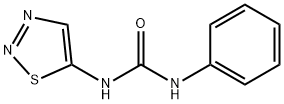
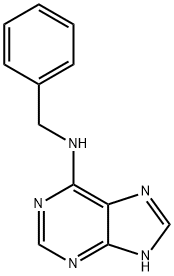
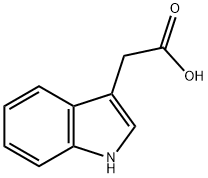

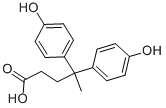
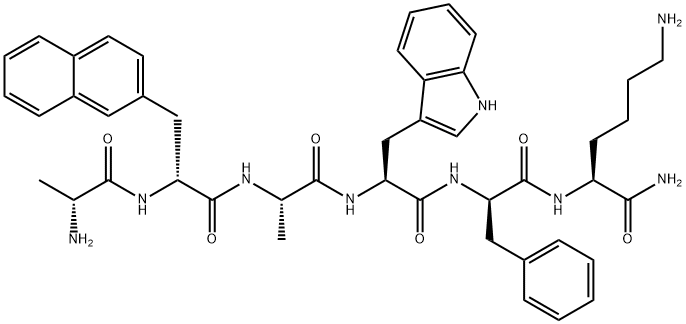


You may like
-
 2,3 Dichloro-4-Hydroxy Aniline 39183-17-0 99%View Details
2,3 Dichloro-4-Hydroxy Aniline 39183-17-0 99%View Details
39183-17-0 -
 17673-56-2 99%View Details
17673-56-2 99%View Details
17673-56-2 -
 13463-67-7 Titanium Dioxide 99%View Details
13463-67-7 Titanium Dioxide 99%View Details
13463-67-7 -
 143-07-7 99%View Details
143-07-7 99%View Details
143-07-7 -
 Ethanolamine 141-43-5 99%View Details
Ethanolamine 141-43-5 99%View Details
141-43-5 -
 616-47-7 99%View Details
616-47-7 99%View Details
616-47-7 -
 20776-67-4 99%View Details
20776-67-4 99%View Details
20776-67-4 -
 acid blue 113, acid navy blue , wool navy blue 0View Details
acid blue 113, acid navy blue , wool navy blue 0View Details
3351-05-1